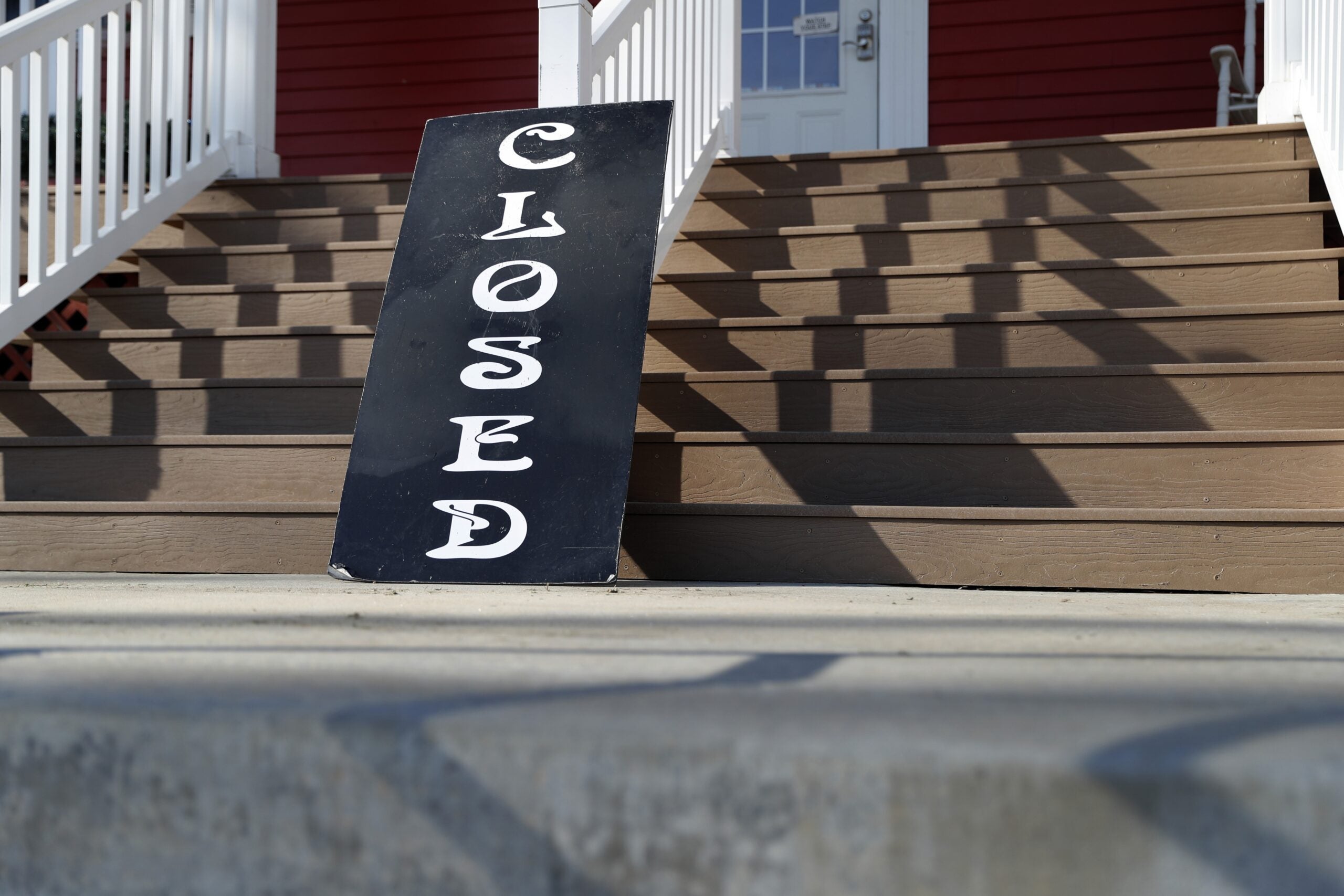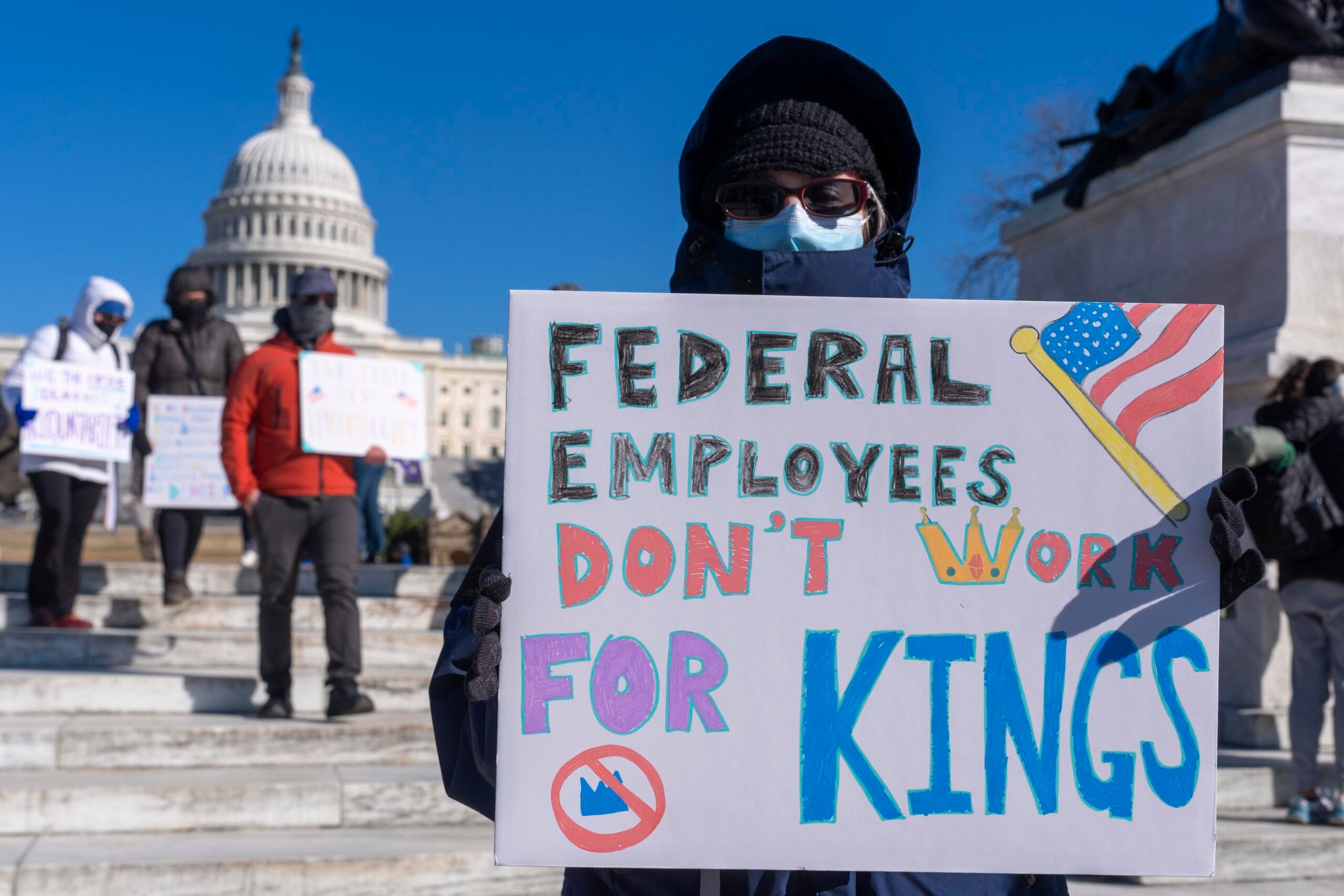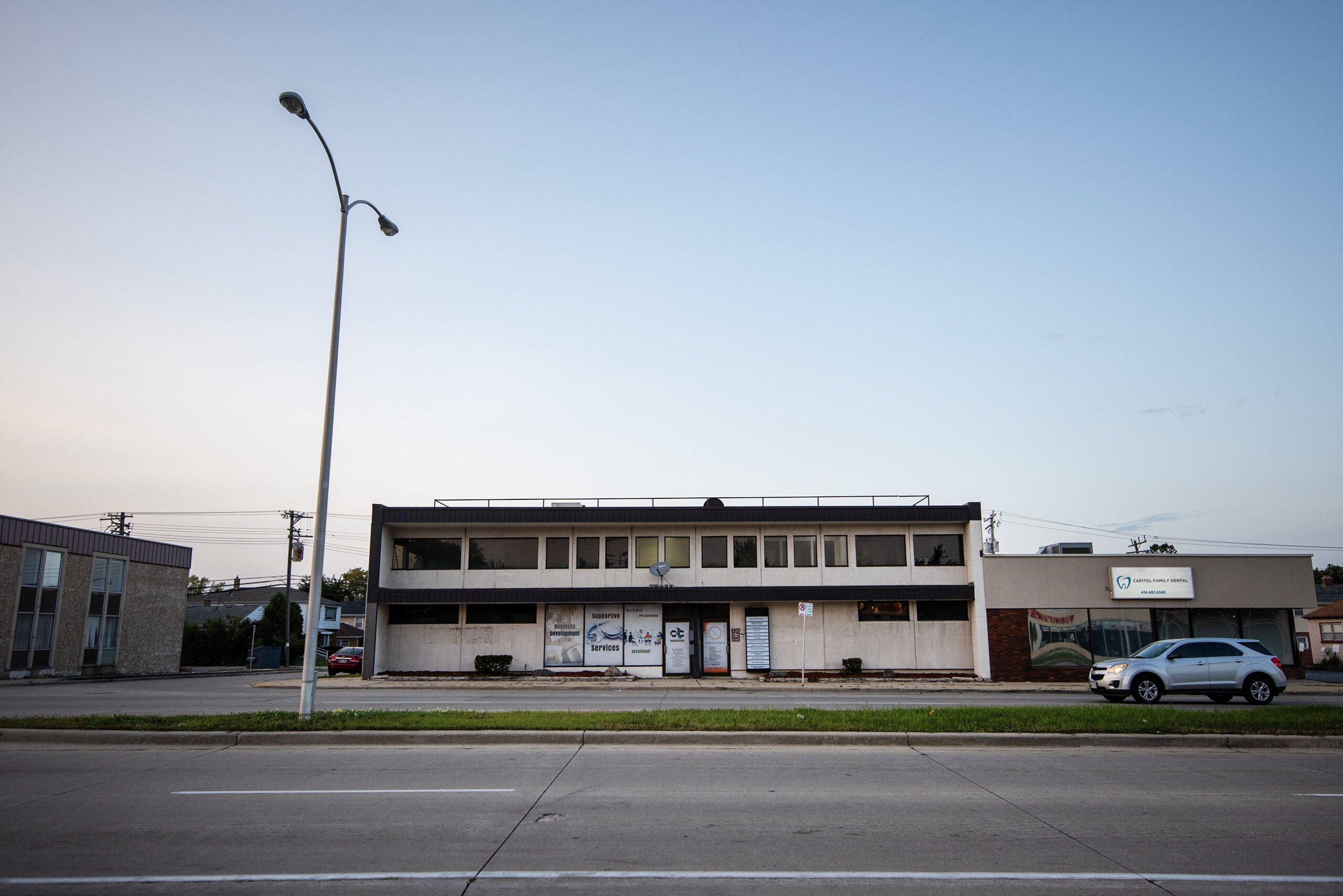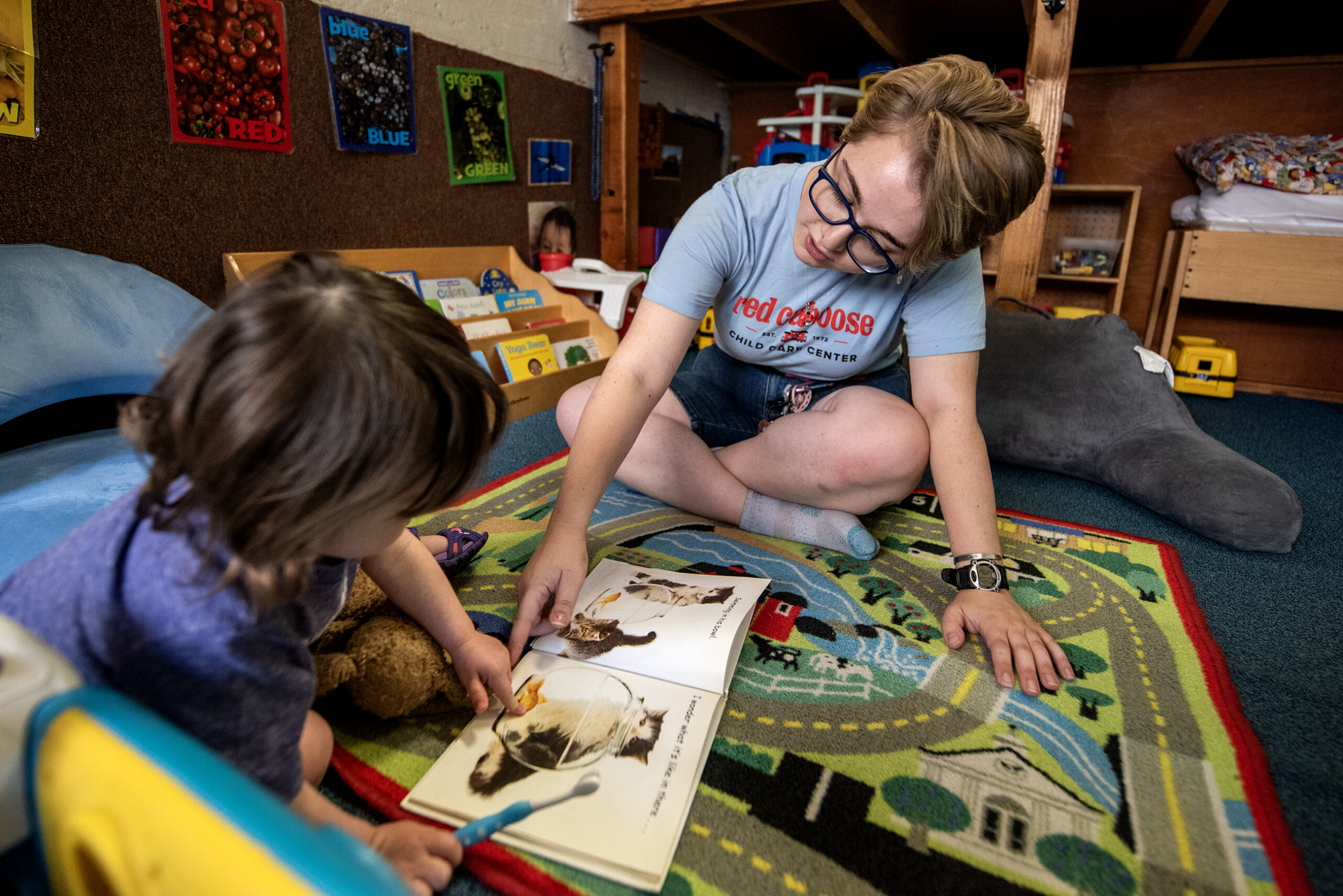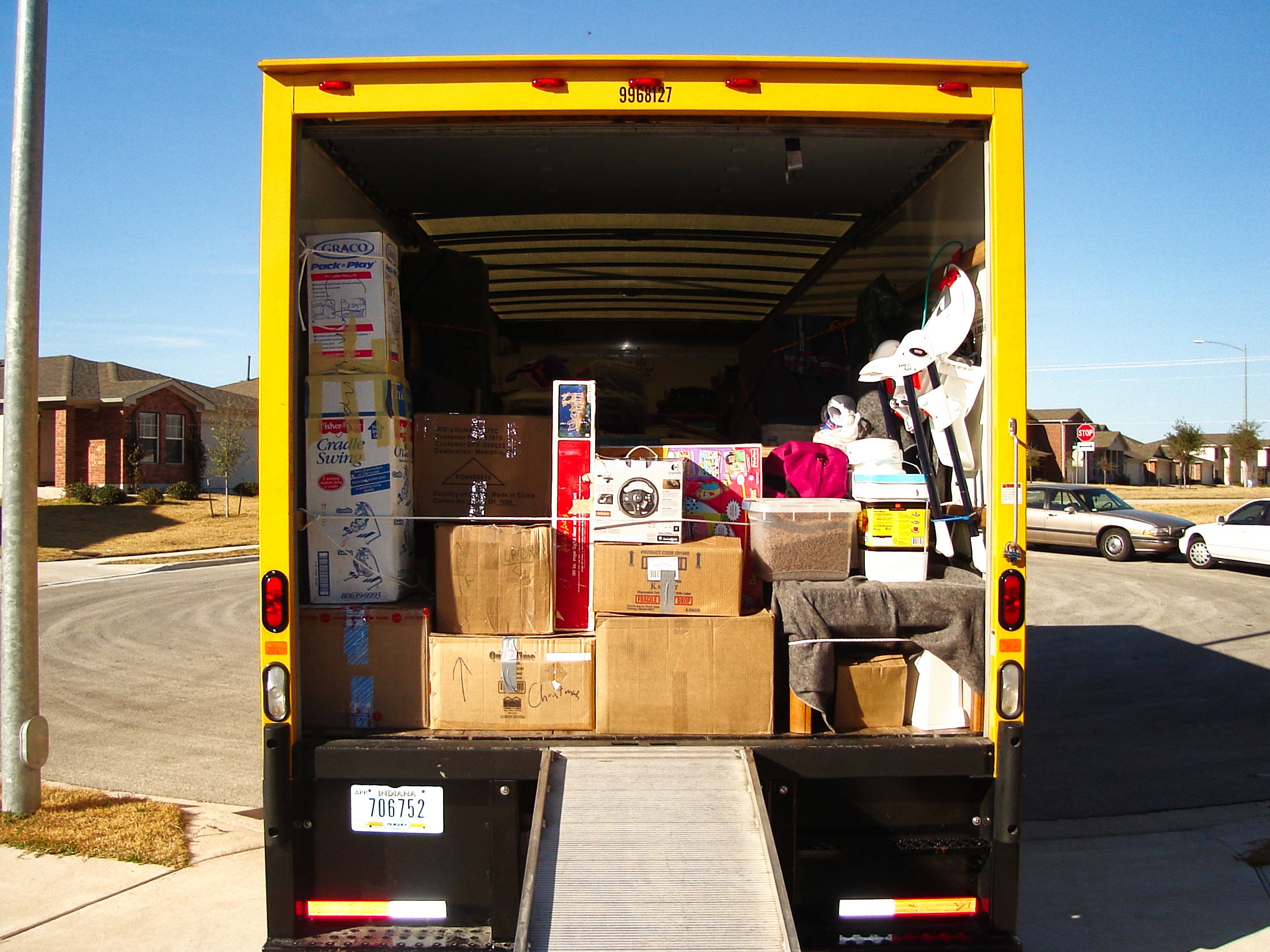Oneida County has had six confirmed cases of COVID-19. Neighboring Lincoln and Langlade counties have had none.
In north-central Wisconsin, even relatively populous Marathon County has seen only 17 confirmed positive cases and one death. And the numbers in rural Wisconsin are a fraction of the hundreds or thousands of cases seen in the state’s urban centers in southeast and south central Wisconsin, or to the east in Brown County, where a Green Bay packing plant has seen a significant outbreak.
The gap in cases between urban and rural Wisconsin is part of what’s driving calls from business owners, lobbyists and conservative politicians for Gov. Tony Evers to allow different regions to take different approaches toward relaxing social distancing requirements and reopening businesses. The calls for an end to the “one-size-fits-all” approach in the state’s response to the coronavirus also tap into longstanding grievances from rural communities toward Wisconsin’s largest cities.
News with a little more humanity
WPR’s “Wisconsin Today” newsletter keeps you connected to the state you love without feeling overwhelmed. No paywall. No agenda. No corporate filter.
As Mark Hartzheim, chair of the town of Minocqua, put it: “Should we have to wait to resume business operations and our normal lives up here until there are no cases in Milwaukee?”
The Minocqua town board last week passed a resolution “strongly urg(ing)” Evers to allow counties or regions of the state to re-open as they meet the criteria the state has laid out, which include a statewide decline in the percentage of positive tests.
[[{“fid”:”1233531″,”view_mode”:”full_width”,”fields”:{“format”:”full_width”,”alignment”:””,”field_image_caption[und][0][value]”:”%3Cp%3EA%20sign%20welcoming%20people%20to%20Minocqua%20in%20northern%20Wisconsin%20can%20be%20seen%20in%20this%20summer%202019%20file%20photo.%3Cem%3E%20Rob%20Mentzer%2FWPR%3C%2Fem%3E%3C%2Fp%3E%0A”,”field_image_caption[und][0][format]”:”full_html”,”field_file_image_alt_text[und][0][value]”:”Welcome to Minocqua sign”,”field_file_image_title_text[und][0][value]”:”Welcome to Minocqua sign”},”type”:”media”,”field_deltas”:{“4”:{“format”:”full_width”,”alignment”:””,”field_image_caption[und][0][value]”:”%3Cp%3EA%20sign%20welcoming%20people%20to%20Minocqua%20in%20northern%20Wisconsin%20can%20be%20seen%20in%20this%20summer%202019%20file%20photo.%3Cem%3E%20Rob%20Mentzer%2FWPR%3C%2Fem%3E%3C%2Fp%3E%0A”,”field_image_caption[und][0][format]”:”full_html”,”field_file_image_alt_text[und][0][value]”:”Welcome to Minocqua sign”,”field_file_image_title_text[und][0][value]”:”Welcome to Minocqua sign”}},”link_text”:false,”attributes”:{“alt”:”Welcome to Minocqua sign”,”title”:”Welcome to Minocqua sign”,”class”:”media-element file-full-width”,”data-delta”:”4″}}]]
Much of Minocqua’s economy is built around the summer tourism season, and Hartzheim said the extension of the governor’s “Safer at Home” order through May 26 would be disastrous for the region’s businesses.
Republicans have sued to challenge the order’s extension beyond the public health emergency declared by the governor through May 11.
But Hartzheim also stressed that he and others in Minocqua take the public health crisis around COVID-19 seriously, and they’re not advocating a quick end to all social distancing.
“The idea here isn’t just to open the floodgates and say, ‘To heck with the order, business as usual, come on in,’” Hartzheim said. “The idea is to have a measured, limited approach.”
Hartzheim said in particular he wants to see family-owned retail businesses allowed to open as long as they restrict the number of people in their stores and offer protections. Since big-box retailers such as Walmart or Menards are allowed to operate with thousands of customers per day, he said, “how do we tell Mom and Pop that they can’t have one or two people in their store, if they put precautionary measures in place?”
Most Support Stay-At-Home Orders, But Pressures Exist
At an April 20 press conference announcing a state roadmap for reopening, Evers said he’s open to an approach that would lift restrictions in some places sooner than others.
“There may be times when we do look at a regional approach,” Evers said. “We have to take a look at that and do it safely.”
But it’s not simple, the governor said.
The existence of asymptomatic carriers of coronavirus means the disease may be present even in communities without confirmed cases. Counties with smaller populations are also likely to have fewer hospital beds and other resources needed to deal with a potential outbreak. And rural communities are older on average than urban ones, meaning rural residents are at particular risk of severe complications of the disease.
[[{“fid”:”1233561″,”view_mode”:”full_width”,”fields”:{“format”:”full_width”,”alignment”:””,”field_image_caption[und][0][value]”:”%3Cp%3EA%20barber%20shop%20remains%20closed%20amid%20the%20COVID-19%20pandemic%20Friday%2C%20April%2024%2C%202020%2C%20in%20Alameda%2C%20Calif.%20%3Cem%3EBen%20Margot%2FAP%20Photo%3C%2Fem%3E%3C%2Fp%3E%0A”,”field_image_caption[und][0][format]”:”full_html”,”field_file_image_alt_text[und][0][value]”:”A barber shop remains closed amid the COVID-19 pandemic”,”field_file_image_title_text[und][0][value]”:”A barber shop remains closed amid the COVID-19 pandemic”},”type”:”media”,”field_deltas”:{“5”:{“format”:”full_width”,”alignment”:””,”field_image_caption[und][0][value]”:”%3Cp%3EA%20barber%20shop%20remains%20closed%20amid%20the%20COVID-19%20pandemic%20Friday%2C%20April%2024%2C%202020%2C%20in%20Alameda%2C%20Calif.%20%3Cem%3EBen%20Margot%2FAP%20Photo%3C%2Fem%3E%3C%2Fp%3E%0A”,”field_image_caption[und][0][format]”:”full_html”,”field_file_image_alt_text[und][0][value]”:”A barber shop remains closed amid the COVID-19 pandemic”,”field_file_image_title_text[und][0][value]”:”A barber shop remains closed amid the COVID-19 pandemic”}},”link_text”:false,”attributes”:{“alt”:”A barber shop remains closed amid the COVID-19 pandemic”,”title”:”A barber shop remains closed amid the COVID-19 pandemic”,”class”:”media-element file-full-width”,”data-delta”:”5″}}]]
Polling in Wisconsin and nationally shows large majorities support state social distancing requirements, and more Americans worry about the risks of opening up the economy too soon than believe it’s important to end stay-at-home orders quickly. But as shown by recent protests in Madison and elsewhere, there are activists willing to agitate for reducing social distancing requirements now.
The Minocqua resolution may be the first in a wave of calls from local governments for regional flexibility.
The business lobbying giant Wisconsin Manufacturers & Commerce released a plan Friday that would allow for regional reopening of some businesses using local infection rates and local population density as key factors in calculating “risk scores” and determining “mitigation requirements” for businesses that do seek to reopen.
The group is an influential backer of Republicans in the state, and often gets its way in the GOP-controlled Legislature. The Milwaukee Journal Sentinel reported Republicans made last-minute changes to cut financial protections for first responders in the state’s most recent COVID-19 relief bill after a WMC lobbyist requested it.
Outagamie County Executive Thomas Nelson said he worries a regional approach to reopening state businesses would create new hotspots in the state. And he notes that’s the concern of public health officials at the state and local level who’ve argued for maintaining the statewide policy.
“If you close out other counties, people are going to be attracted to go to Price County, to go to Lincoln County, to go to Marathon County,” Nelson said. “If there’s not a problem right now, there will be a problem perhaps two or three weeks down the road.”
COVID-19 Response Could Deepen State’s Rural-Urban Divide
The idea that rural Wisconsin should be understood and treated differently than its cities is one that has deep roots in the state’s politics.
Katherine J. Cramer, a political scientist at the University of Wisconsin-Madison, coined the term “rural consciousness” in her 2016 book “The Politics of Resentment,” which is built on conversations she had with rural Wisconsinites over years about how they saw their communities as both overlooked and dictated to by Madison and Milwaukee.
Many of those Kramer spoke to in her research for the book saw their communities’ economic declines as in part caused by the fact that state resources went to the cities. They may interpret the response to COVID-19 through the same lens, Cramer said.
[[{“fid”:”1081566″,”view_mode”:”embed_portrait”,”fields”:{“alt”:”Kathy Cramer”,”title”:”Kathy Cramer”,”class”:”media-element file-embed-portrait media-wysiwyg-align-right”,”data-delta”:”3″,”format”:”embed_portrait”,”alignment”:”right”,”field_image_caption[und][0][value]”:”%3Cp%3EKathy%20Cramer%2C%20professor%20of%20political%20science%20at%20the%20University%20of%20Wisconsin-Madison.%20%3Cem%3EJeff%20Miller%2FUniversity%20of%20Wisconsin-Madison%3C%2Fem%3E%3C%2Fp%3E%0A”,”field_image_caption[und][0][format]”:”full_html”,”field_file_image_alt_text[und][0][value]”:”Kathy Cramer”,”field_file_image_title_text[und][0][value]”:”Kathy Cramer”},”type”:”media”,”field_deltas”:{“3”:{“alt”:”Kathy Cramer”,”title”:”Kathy Cramer”,”class”:”media-element file-embed-portrait media-wysiwyg-align-right”,”data-delta”:”3″,”format”:”embed_portrait”,”alignment”:”right”,”field_image_caption[und][0][value]”:”%3Cp%3EKathy%20Cramer%2C%20professor%20of%20political%20science%20at%20the%20University%20of%20Wisconsin-Madison.%20%3Cem%3EJeff%20Miller%2FUniversity%20of%20Wisconsin-Madison%3C%2Fem%3E%3C%2Fp%3E%0A”,”field_image_caption[und][0][format]”:”full_html”,”field_file_image_alt_text[und][0][value]”:”Kathy Cramer”,”field_file_image_title_text[und][0][value]”:”Kathy Cramer”}},”link_text”:false,”attributes”:{“alt”:”Kathy Cramer”,”title”:”Kathy Cramer”,”class”:”media-element file-embed-portrait media-wysiwyg-align-right”,”data-delta”:”3″}}]]
“I see a disaster” ahead, Cramer said, that could lead to more infections in rural parts of the state and deeper divisions between the state’s cities and rural regions.
“Say these tourist economies argue in favor of opening up,” Cramer said. “They open up to whom? To people from urban places in which the virus has been much more prevalent.”
“If the virus starts to spread,” she continued, “who’s to blame? Well, it’s those urban people, who have been cavalier in the way they’ve behaved and spread the virus to our communities.”
In Minocqua, Hartzheim said many people have already begun to travel to their summer residences, regardless of state and local calls not to.
“This is their sanctuary. This is their escape,” he said. “People are going to come. … We just have to deal with that.”
Rob Puls coordinates paramedics for Bayfield County’s Great Divide Ambulance. He lives in far-northern Cable.
He said he sees the appeal of a regional approach, but he notes that having a low population density is no guarantee that the virus won’t spread, as it has in rural South Dakota and elsewhere. He’s not given to political statements, and he said if it were up to him, he’d trust the recommendations of the state’s public health officials. But like many across the state, he’s ambivalent.
“I can understand people’s unrest,” Puls said. “But this pandemic has brought some light to the fact that we are all dependent on each other in some way or another, more than we ever thought before.”
Wisconsin Public Radio, © Copyright 2025, Board of Regents of the University of Wisconsin System and Wisconsin Educational Communications Board.

